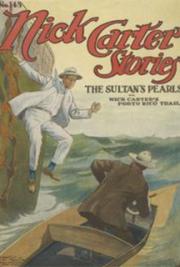a madman. They do not make sense, and they do not express the "truth" (line 12).
In the final two lines of the poem, the couplet, the speaker becomes more specific as to which statements are untruthful and which thoughts are lies. The speaker exclaims that he has thought and said that the Dark Lady is beautiful ("fair") and, perhaps, virtuous (suggested by the word "bright"). However, he knows that she is neither fair nor bright. Not only does she have dark features, but also (although she may be beautiful in appearance) she is not beautiful on the inside. She is not virtuous. She is not good. The simile the speaker uses to describe her coloring ("black as hell") more accurately depicts the condition of the speaker, who is in a living hell.
Shakespeare's commentary on lust in the Dark Lady sonnets provides no solutions. Shakespeare seems to be commenting that no solutions exist.







